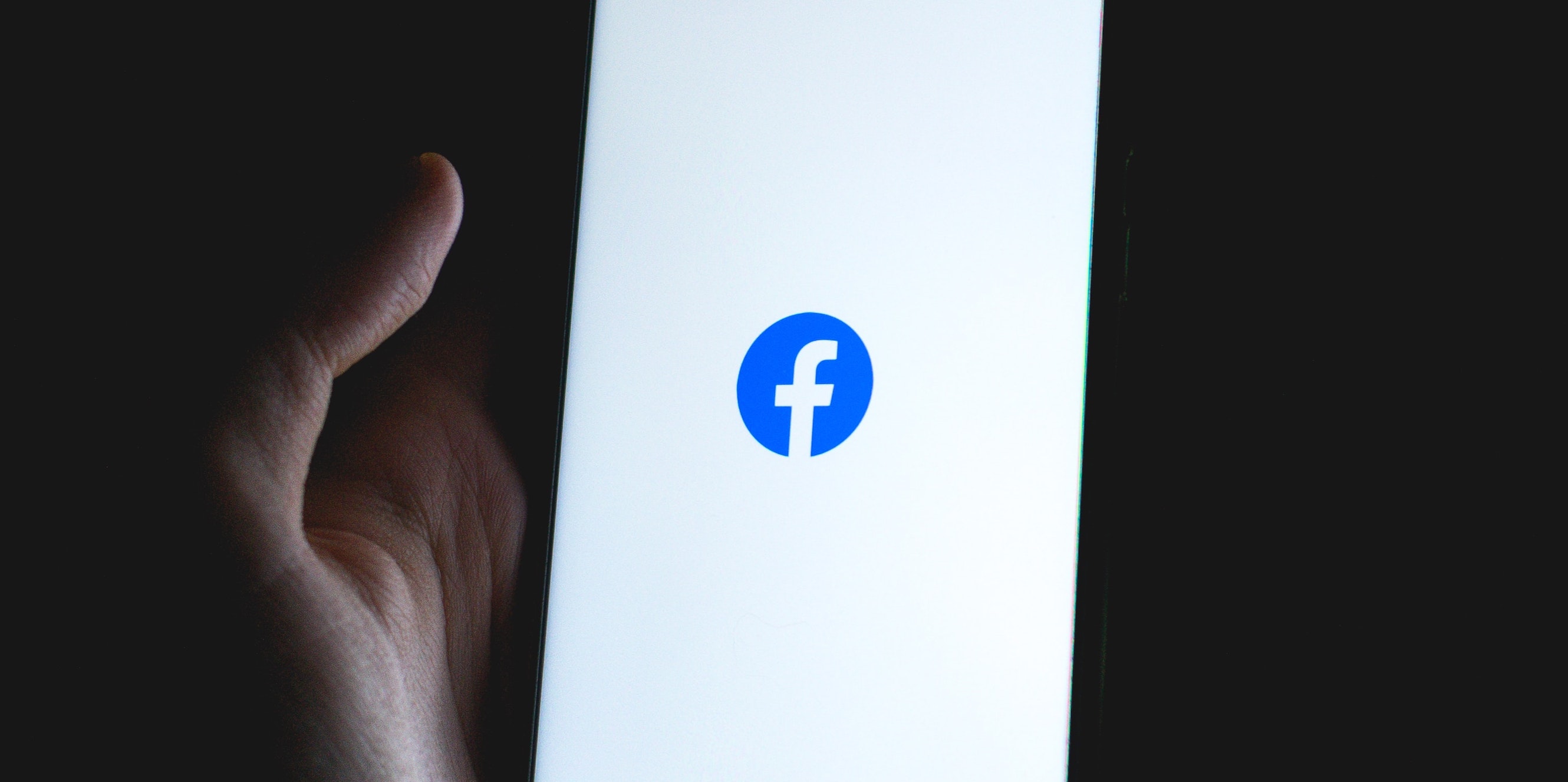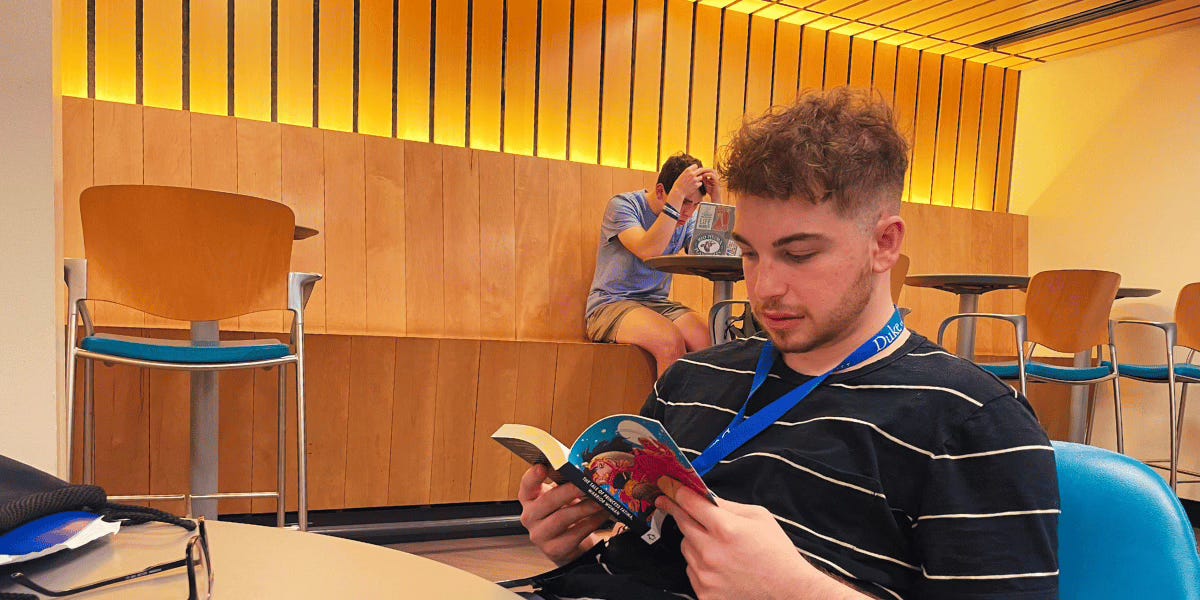
MSU, Facebook develop research model to fight deepfakes
Detecting “deepfakes,” or when an existing image or video of a person is manipulated and replaced with someone else’s likeness, presents a massive cybersecurity challenge: What could happen when deepfakes are created with malicious intent?
Artificial intelligence experts from Michigan State University and Facebook partnered on a new reverse-engineering research method to detect and attribute deepfakes, which gives researchers and practitioners tools to better investigate incidents of coordinated disinformation using deepfakes as well as open new directions for future research.
Technological advancements make it nearly impossible to tell whether an image of a person that appears on social media platforms is actually a real human. The MSU-Facebook detection method is the first to go beyond standard-model classification methods.
“Our method will facilitate deepfake detection and tracing in real-world settings where the deepfake image itself is often the only information detectors have to work with,” said Xiaoming Liu, MSU Foundation Professor of computer science. “ It’s important to go beyond current methods of image attribution because a deepfake could be created using a generative model that the current detector has not seen during its training.”























